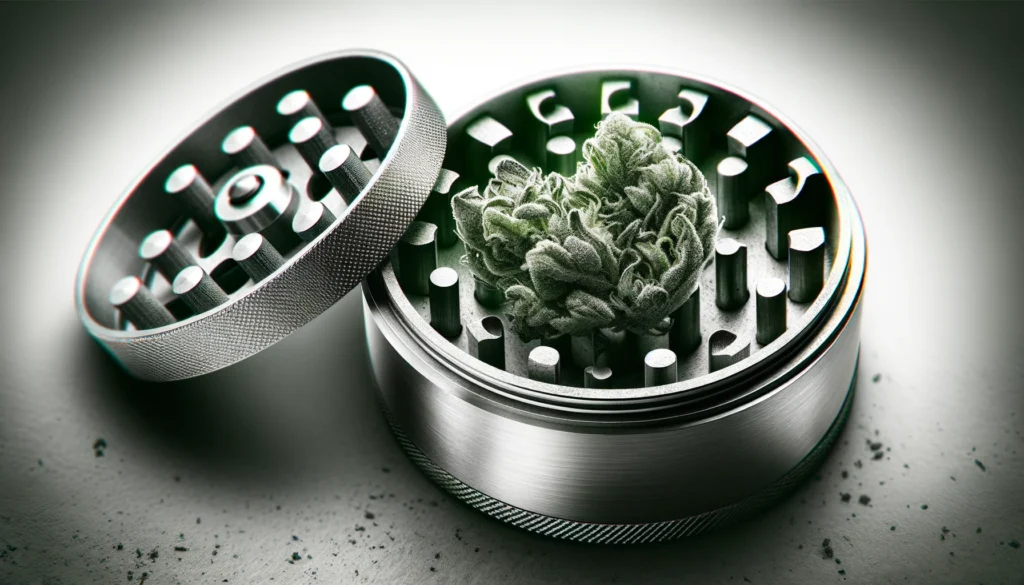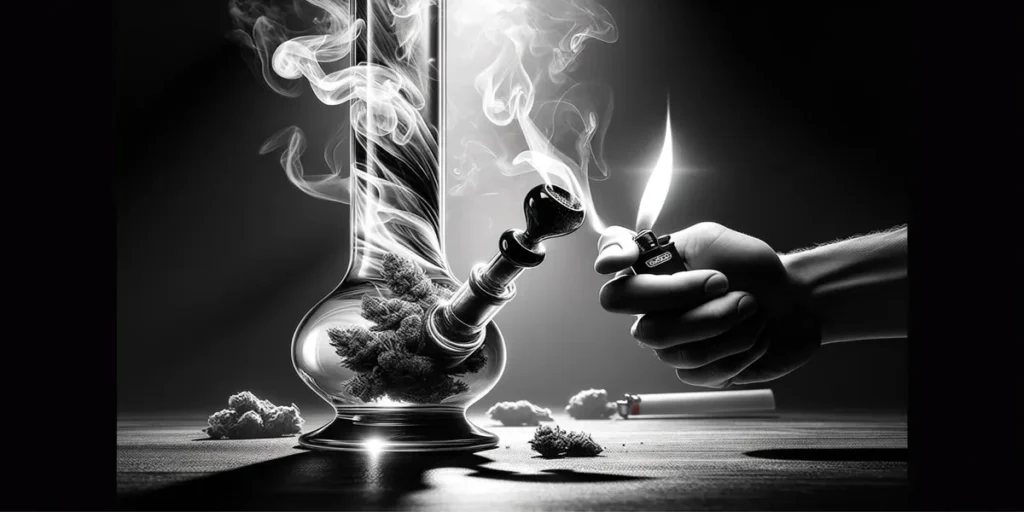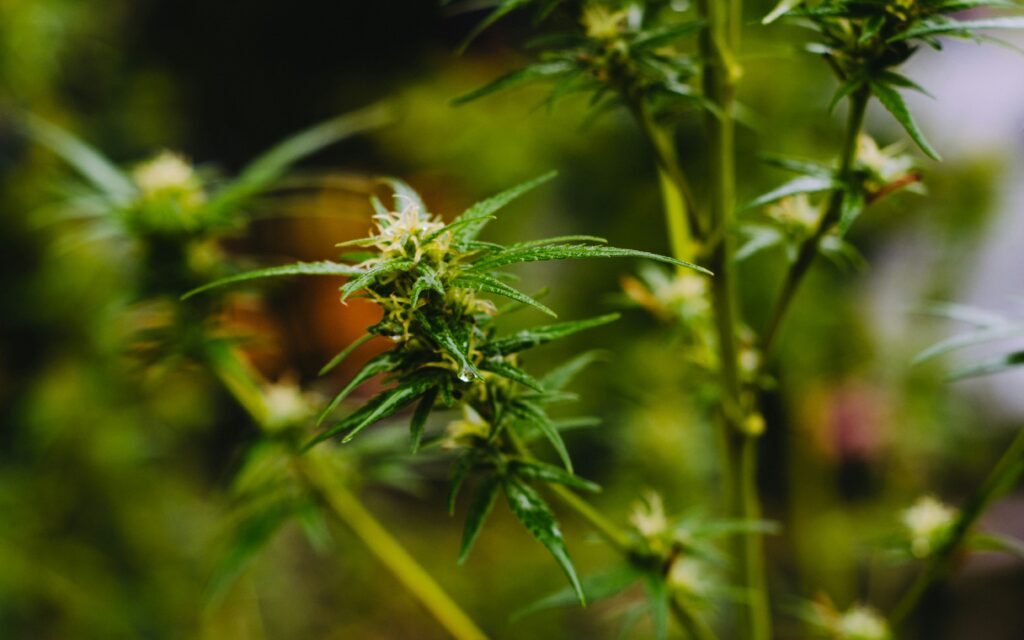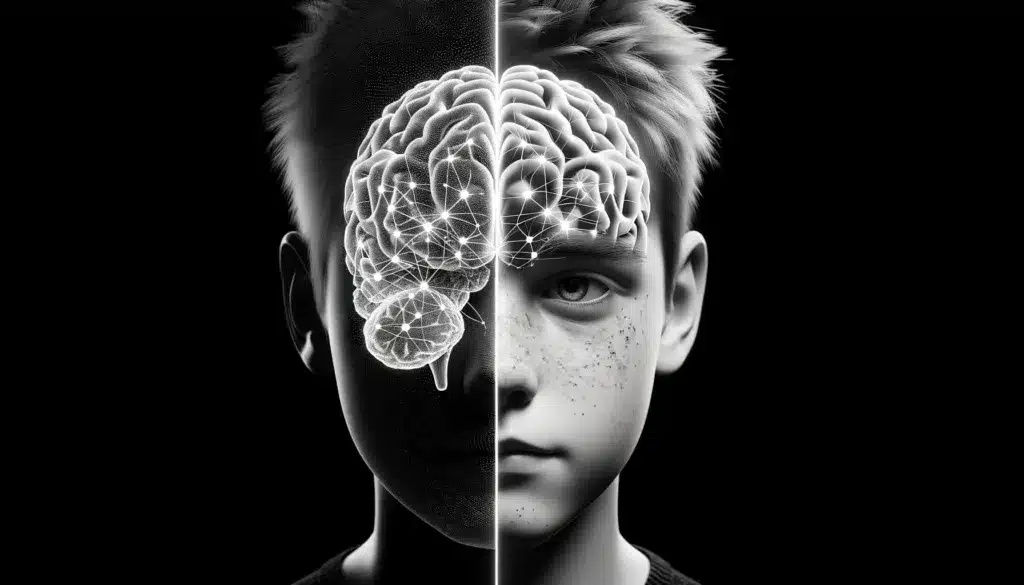Cooking with cannabis has certainly evolved since the old school days of dumping schwag weed directly into a brownie mix to bake in Mom’s kitchen. Regardless of your preferred consumption method, you want to get the most out of your weed. Learn here how to decarboxylate weed to maximize your THC.
Understanding Decarboxylation: A Key Process for Cannabis Consumption
Decarboxylation, often abbreviated as “decarb,” is a critical chemical process for cannabis users seeking the psychoactive effects of THC, the primary mind-altering compound found in cannabis. This process transforms THCA, a non-psychoactive acid form of THC present in raw cannabis, into psychoactive THC, enabling the desired high. Here’s an in-depth look at decarboxylation and its significance in cannabis consumption.
The Science of Decarboxylation
Cannabis naturally contains THCA, which won’t induce a high. To experience cannabis’s psychoactive effects, THCA must convert into THC, which is typically achieved through the application of heat. This conversion happens when cannabis is smoked, vaporized, or baked in an oven for edibles. The process involves removing a carboxyl group from THCA, thus “decarboxylating” the compound and making THC readily available for absorption by the body.
How Decarboxylation Occurs
Decarboxylation can be achieved through heat and, to a lesser extent, over time. Smoking or vaporizing cannabis instantaneously decarboxylates THC, allowing for immediate effects. However, when preparing cannabis for edibles, the process requires carefully controlled heating to ensure THC is activated without degrading valuable cannabinoids and terpenes.
The process can also occur naturally, albeit slowly, when cannabis is dried and cured post-harvest. To preserve potency and slow down any unwanted decarboxylation, storing cannabis in an airtight container is recommended.
How do you Decarboxylate Flower?
To decarb bud you will need: dry marijuana, oven, timer, baking sheet, and parchment paper. After gathering these materials, follow these easy steps:

- Grind the cannabis using a standard grinder, but avoid breaking it down into a fine powder
- Line the baking sheet with parchment paper
- Lay the ground cannabis evenly on cooking sheet
- Preheat the oven to 225°F
- Put the cannabis in the oven in the middle of the rack for 40-60 minutes
- Remove the cannabis. It should be a darker green/light brown color
It is important to note that decarboxylation is not limited to buds, you can also (decarb trim and stems) despite their low levels of THC.
Is Decarboxylation Necessary for Edibles?
Yes, decarboxylation is necessary for edibles. If you were to eat raw marijuana plant material without decarboxylation, you would only be left with a vague, vegetative aftertaste. Edibles become fully effective after THC-A is converted to THC through the decarb process in the infused cannabis. Unfortunately, you won’t get high from masticating marijuana, despite the multitude of stoner pop culture references claiming otherwise.
You can also create cannabis butter or oil using weed decarboxylation. The most efficient method to cook with cannabis is to decarb it before making butter / oil, then use the butter for cooking. Utilizing cannabis butter instead of dropping decarb weed directly into your recipe will prevent tiny pieces of plant material from tainting your perfect dish.
What Does Decarb Mean?
Weed decarboxylation is the chemical process that converts THC-A into THC. Both THC-A and THC are cannabinoids found in marijuana, but only THC is psychoactive, which means it creates the feeling of being high. However, the consumer won’t feel high unless the THC is activated by applying heat- this is why smoking pot is more of a conventional consumption method than edibles, topicals, and tinctures.
Why is Decarboxylation Important?
Decarboxylation is important because it maximizes the THC in your favorite cannabis strain. If you want to feel the total intoxicating effects of your edibles, you must decarb weed. Fortunately with the increase of legal medical and recreational cannabis markets, the latest information and resources regarding weed decarboxylation are available through online publications, such as The Weed Blog. Step out of Mom’s kitchen and into 21st century cannabis consumption.
Optimal Temperature for Decarboxylation
The ideal temperature range for decarboxylating cannabis is between 200°F and 245°F. A common practice is to heat cannabis at 220°F for 30-40 minutes, ensuring a thorough decarboxylation while maintaining its quality.
Common Questions and Best Practices for Decarboxylation
Grinding Cannabis for Decarboxylation:
It’s advisable to grind cannabis before decarboxylating to increase the surface area and ensure even heating.
Decarboxylating Cannabis in an Oven:
Precision is crucial. Due to oven temperature fluctuations, using an oven thermometer can help maintain the right conditions to avoid burning the cannabis. The goal is to achieve a lightly toasted appearance without compromising the plant’s cannabinoids and terpenes.
Microwave Decarboxylation:
This method is generally not recommended due to the difficulty in controlling temperature, risking uneven decarboxylation and potential loss of potency.
Decarboxylation is a fundamental process for cannabis consumers seeking the psychoactive effects of THC, especially when making edibles. Understanding and applying the correct decarboxylation techniques can significantly enhance the effectiveness and enjoyment of cannabis products, ensuring a potent and flavorful experience.





